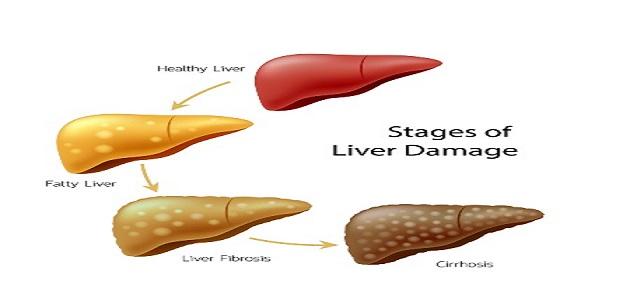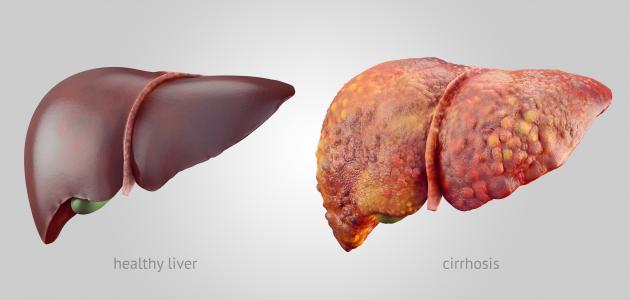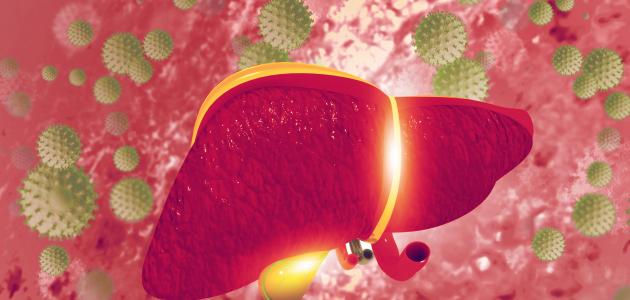Gallbladder
The gallbladder is located in the upper part of the right side of the abdomen, directly below the liver , and is approximately 10 cm long, and its shape resembles a pear or a pear, and it can be said that the primary function of the gallbladder is to store bile Produced by the liver, where this juice travels from the liver to the gallbladder through the bile duct, and the juice remains stored in the gallbladder until the small intestine is excreted for a hormone known as cholecystokinin, and then the juice is released into the small intestine to help the digestion of food fats, and it should be noted that despite the importance of the gallbladder, the body can live without it healthily, for example what happens in Some disorders and health problems that require the removal of the gallbladder, and then it can be said that the body compensates the store of the gallbladder by storing this juice in the bile duct , and this may rarely cause this channel to expand and enlarge, but this is not a big problem. [1]
Gallbladder disorders
There are many diseases and disorders that may affect the gallbladder, and perhaps a person's previous infection with any of them increases his risk of developing it again, and the most important of these disorders can be mentioned as follows: [2]
- Cholecystitis: Infections that affect the gallbladder can be divided into two parts, the first is short-term acute infections , and the second is long-term chronic infections, and it can be said that chronic infections are caused by frequent acute infections, and in fact, infections can damage the gallbladder and make it lose its ability. To perform its functions as required.
- Gallstones: Gallstones can be defined as small solid deposits, and they often consist of cholesterol in the bile, and it is worth noting that gallstones are often small in size and reach a few millimeters in diameter, but they may grow and increase in size to become a few centimeters. In fact, some people may suffer from one stone in the gallbladder , and some may suffer from several stones, and often the patient does not feel the presence of the stones until they cause a problem, such as infection, pain, and infections.
- Bile duct stones: Often these stones were originally gallstones, but they moved into the bile duct and were deposited in it, and then they are known as secondary bile duct stones, and in rare cases they may be stones formed for the first time in the bile duct and then they are known as primary bile duct stones, and in fact they are considered stones Primary are more infectious than secondary.
- Infection of the bile duct: Infection may appear in the bile duct when a blockage occurs in it. In fact, treatment is considered effective if it is done in the early stages of the disease, that is, the infection is discovered early, because late detection of it may cause the death of the injured.
- Gallbladder abscess: gallstones may be accompanied by the appearance of pus, which is a collection of white blood cells , dead tissue, and bacteria, and pus is considered fatal if it is left without diagnosis and treatment, due to the possibility of its spread in the body, and it should be noted that the most important symptoms of a gallbladder abscess is the feeling of the injured Severe pain in the abdomen .
- Gallbladder cancer: Although a person rarely develops gallbladder cancer, this is possible, and it can be said that leaving cases untreated may cause cancer to move beyond the gallbladder.
- Gallbladder polyps: Gallbladder polyps are defined as an excess growth in the gallbladder, and it is often benign and does not cause any problems and does not require eradication , and this does not prevent the possibility of the emergence of large-sized gallbladder polyps that require eradication for fear of developing into cancer.
- A perforated gallbladder: If left untreated, gallstones can sometimes cause what is known as a perforated gallbladder , and if left untreated, a perforated gallbladder may cause a severe infection that spreads in the abdomen and is considered life-threatening.
Symptoms of gallbladder disorders
There are some symptoms and signs that may appear when suffering from some gallbladder problems and disorders, including the following: [3]
- Feeling of pain: in the middle of the abdomen or the upper incision on the right side of it, and this may be accompanied by the suffering of the victim from pain in the chest and back as well, and it should be noted that the pain may range in intensity from simple to severe, and in most cases this pain does not persist, but rather Come and go.
- Nausea and vomiting: People with gallbladder diseases and disorders often suffer from nausea and vomiting, especially in cases where gallbladder problems may cause permanent or long-term imbalances in the digestive system .
- Fever and chills: A fever is often a sign of infection, including infection and gallbladder disorders.
- Change in bowel movement: The change in the color of the stool to become pale in the color of chalk may indicate that the sufferer suffers from problems in the bile duct, and on the other hand, suffering from severe unexplained diarrhea may indicate the presence of a chronic disease in the gallbladder.
- Change in urine: A change in the color of urine to become darker may indicate that the patient is suffering from a blockage in the bile duct.
- Jaundice: known as jaundice as yellowing of the skin and eyes, and often indicates a lack of access to accurate bile, either as a result of suffering from diseases of the liver, intestine either because of a blockage in the bile duct caused by the presence of gravel .
References
- ↑ "What Is the Gallbladder?" , www.everydayhealth.com , Retrieved Diana Rodriguez. Edited.
- ↑ "Identifying Gallbladder Problems and Symptoms" , www.healthline.com , Retrieved March 6, 2018. Edited.
- ↑ "What are the most common gallbladder problems?" , www.medicalnewstoday.com , Retrieved March 6, 2018. Edited.





